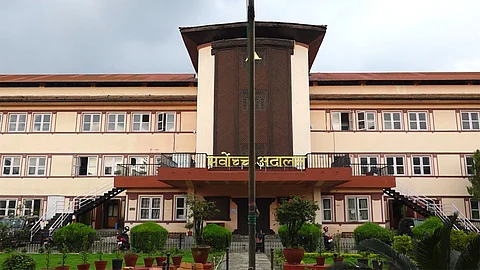
- Latest Legal News
- News
- Dealstreet
- Viewpoint
- Columns
- Interviews
- Law School
- Legal Jobs
- हिंदी
- ಕನ್ನಡ

Nepal's Supreme Court faces a profound crisis that goes beyond the technicality of law and hits at the very core of the country's democratic existence. The fight over the appointment process of judges to the Constitutional Bench has revealed a serious fault line. This is not a process issue; this is an issue of trust, legitimacy and constitutional justice in a country still on the course of experimentation.